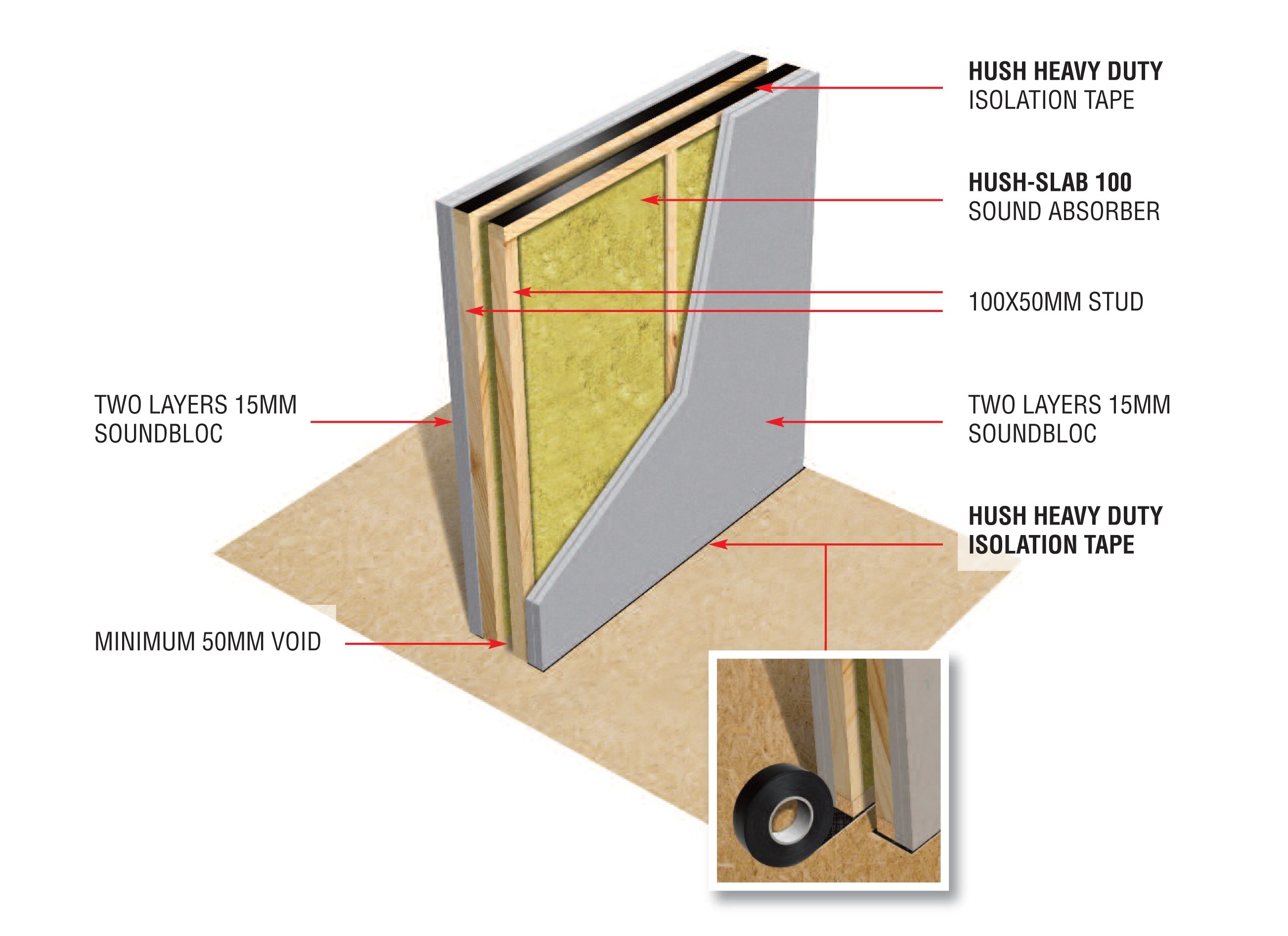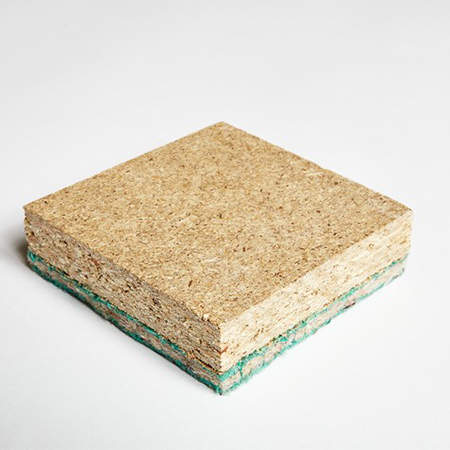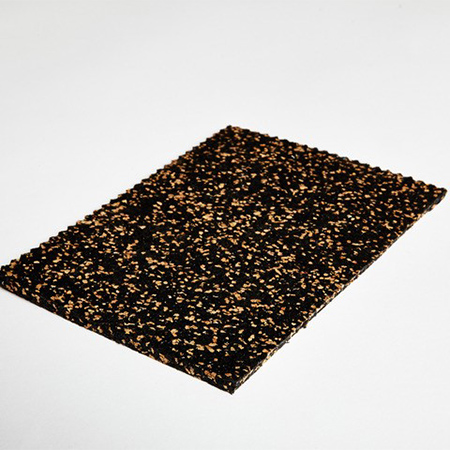In a busy school environment, low or medium levels of ambient noise that signify healthy learning and socialising amongst young people can quickly escalate to more problematic noise when spaces become busy. And one area of a school that experiences the widest extremes of high and low noise levels is corridors that link classrooms and other communal areas, such as school halls, sports facilities or dining halls.
School corridors facilitate connectivity and are usually only occupied for a few minutes as students move from classroom to classroom. But they can become extremely busy spaces in short bursts and that is compounded in schools that are operating at capacity. In fact, the government’s own data suggests that around 18% of state-funded schools were at or in excess of capacity in 2022/23.
So how can school corridors be made quieter? To understand how to answer this question, it is important to assess the décor of the corridor and the materials used in its construction.
Could reverberation noise be affecting the corridor?
School corridors, like those in any non-domestic building, will generally feature highly durable materials so that surfaces do not become damaged easily and deal most effectively with the wear and tear of regular and, at times, heavy use. That usually means corridors feature painted plastered and masonry walls and ceilings, tiled or wooden floors, heavy duty timber and glass doors, and sometimes exposed soffits or steelwork.
These materials contribute to reverberation because they absorb very little sound and instead reflect it back into the corridor. The cacophony of a large number of students talking, footsteps, doors being opened and closed and many other sounds can become unbearably loud and even affect adjoining rooms where peace and quiet is sought, such as a library or thrive room.
How do you solve reverberation problems?
The most effective way to reduce reverberation is to introduce more sound absorbent materials into the corridors. The challenge is to do this in a way that does not compromise durability, which would be the case if a wooden floorcovering was replaced with a carpet, for example.
Sound absorber panels, such as Hush Absorber 50, are ideal for reducing noise in corridors because they are a passive, fit and forget solution that can usually be placed in areas of the corridor where they will not become damaged easily.
The panels can be mounted onto walls in locations away from where they could be accidentally or maliciously damaged, such as at a high level. Sound absorber panels can also be mounted on ceilings or suspended from them in the form of Hush Baffles or rafts.
A high level of sound absorption is achieved thanks to the material composition of sound absorber panels. The Hush Acoustics products are manufactured using a specially formulated acoustic foam inner core, which is hand finished with interior fabric applied to the face, edges and back return. This combination achieves Class A sound absorption performance in the case of the 50mm-thick Hush Absorber 50 panels.
Where sound absorber panels cannot be used or high level positioning is impractical, another sound absorption solution available is Hush Acoustic Wall Covering. This was actually developed in conjunction with educational professionals and can reduce general reverberation noise by up to 40%.
Resolving noise transmission issues in school corridors
If the noise from a school corridor is affecting adjoining rooms, measures can also be taken to improve the acoustic performance of the walls, floors and ceilings. The extent of the work required will depend on each school building, but the good news is that acoustic improvements are possible in all types of wall, floor and ceiling construction. It all depends on the budget available and how feasible the work will be as it could cause disruption to teaching areas for short periods.
Reducing impact sound in floors
If a corridor above a classroom or other school facility is causing nuisance noise, it will usually be due to impact noise – typically footsteps on a hard floor, including masonry or concrete floors. These can be upgraded by using various materials including rubber based membranes, acoustic underlay or floating floor panels, or by applying one of the Hush Acoustics fully tested acoustic floor systems.
In timber joisted floors, it is also possible to treat the joists with sound absorbent materials to isolate vibrating sound, and mineral wool sound absorber slabs can be used to infill between joists, which also helps cut airborne sound transmission.
Reducing airborne sound transmission
In lighter weight constructions, particularly timber or metal stud walls and suspended ceilings, airborne sound could travel easily between the corridor and classrooms, offices or other spaces. The key to adding acoustic insulation to these types of constructions is to add mass.
Timber and metal stud walls can be upgraded in a variety of ways depending on the target level of acoustic improvement and the extra depth that can be accommodated. Most wall linings such as Hush Acoustics’ HD1054 system, for example, will increase the overall wall thickness so it is important to prepare for losing some floor space within the corridor and adjoining rooms.
An acoustic wall system utilises absorber slabs, such as Hush Slab, which disrupts soundwaves extremely effectively, and acoustic plasterboards to add significant mass. They also separate elements, including through the use of resilient bars to break sound paths.
Ceilings can be acoustically upgraded using dedicated ceiling systems, with several types available from Hush Acoustics. These apply the same general principles as the wall systems to help prevent noise from a busy school corridor affecting rooms directly above.
To find out more about Hush Acoustics can help reduce noise in school corridors, contact the team on 0114 551 8688 or visit www.hushacoustics.co.uk for further information.
How to deal with a noisy school corridor
| T | 0151 933 2026 |
|---|---|
| E | info@hushacoustics.co.uk |
| W | Visit Hush Acoustics' website |
| Unit 2, Tinsley Industrial Estate, Shepcote Way, Sheffield, S9 1TH |
Products by this Company








